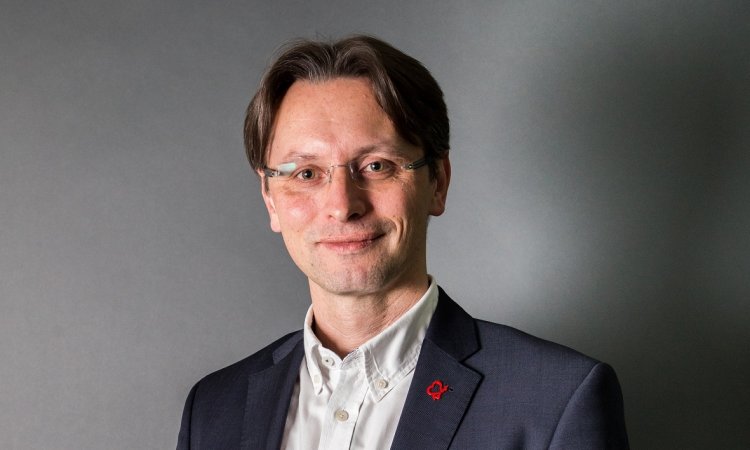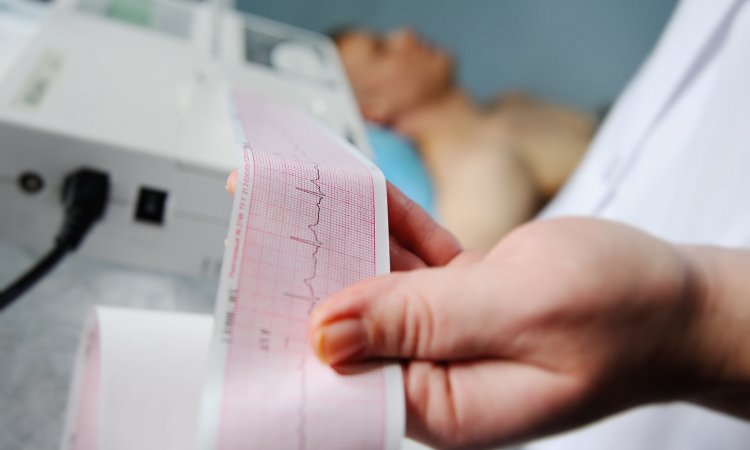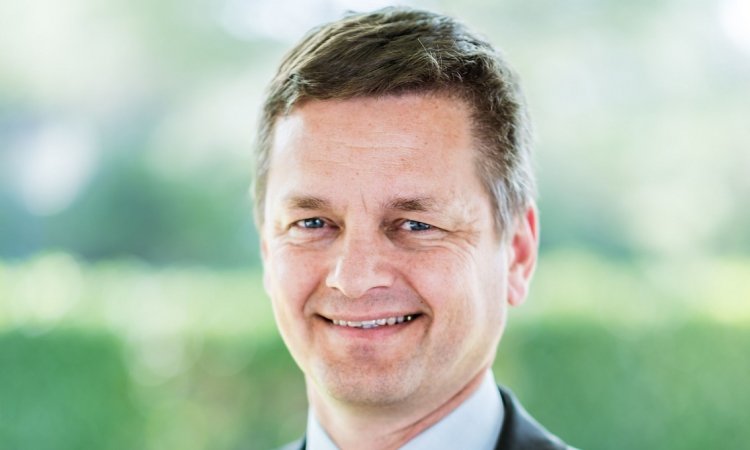Fatty Blood
Michael Rühl from the University of Greifswald, Working Group on Immunoadsorption and Cardiovascular Technology, describes therapies to tackle familial hypercholesterolemia

Myocardiac infarctions are almost always blamed on our Western lifestyle. ‘It’s too many calories, not enough exercise, too much stress’. Such trite declarations could lead to a fatal outcome for some younger patients. Chest, shoulder and jaw pains when walking, and you’re in your mid-twenties? ‘You are not exercising correctly’ or: ‘Running marathons is not healthy, anyway’ are other common observations.
At worst, patients are referred to orthopaedic specialists – and suffer a second heart attack while awaiting the appointment. Good laboratory diagnostics can deliver the correct diagnosis in those cases: familial hypercholesterolemia (FH), which, with an incidence of 1:500 is among the most common monogenic diseases. The classic form of FH results from an autosomal dominant inheritance and is characterised by an increase of LDL cholesterol in the serum. Patients with the homozygous form of the disease often develop severe arteriosclerosis in childhood and suffer heart attacks before the age of 30. Extracorporeal blood cleansing procedures, used in dialysis to remove urophanic substances from the blood of kidney disease patients, are also suitable for the elimination of lipids from the blood of FH patients. Developed in 1969, LDL apheresis treatment was first used by internist Dr Helmut Borberg in 1981 (Source: Lancet 1981;8254:1005-7). At the same time, Wieland and Seidel, in partnership with healthcare company B. Braun, Melsungen, developed their procedure for Heparin induced LDL precipitation (Source: Klin Wochenschr 1987;65:161-8).
Every year in Germany 1,300 patients benefit from lipid apheresis -- mainly those with homozygous familial hypercholesterolemia whose LDL levels are often over 600mg/dl. Patients with heterozygous familial hypercholesterolemia can also be considered for apheresis if, after an arteriosclerotic event has already occurred, LDL cholesterol could not be sufficiently lowered after 12 months of documented, maximum dietary and medicinal therapy. The isolated increase of Lipoprotein(a) (LP(a)) with levels over 60mg/dl combined with progressive cardiovascular disease is a further indication for the treatment.
The state of technology
A range of systems has become established that can basically be divided into two groups: plasma and haemo therapies. There are three different types of plasma therapy: Filtration, adsorption and precipitation. In the case of filtration, plasma is guided through a plastic filter that retains particles above a certain size. This procedure facilitates the elimination of all blood lipids at a high level, with fibrinogen also intensively lowered, bringing a very positive effect on microcirculation in the short term but limiting treatment intensity.
In the case of adsorption the components to be eliminated are removed through binding to an agent. This can be a specific antibody that is highly selective and only binds LDL, or a negatively charged surface such as dextran sulphate, which adsorbs positively charged plasma components from the blood. In the case of precipitation, with the HELP procedure offered by Braun, lipoproteins as well as fibrinogens are precipitated through the use of Heparin, and by lowering of the pH level, and then removed from the plasma. There are two systems available for haemotherapy, the treatment of whole blood. They use a negatively charged surface that binds positively charged particles. Polyacrylate is the adsorber for the DALI system and dextran sulphate cellulose for the Liposorber D system.
In the future
Although apheresis is combined with statins this method now has competition -- Mipomersen. From the end of 2012 Mipomersen, the first representative of a new substance class, will be marketed. In relevant studies Mipomersen reduced LDL cholesterol by 25% in patients with homozygous FH and by a further 36% in severely heterozygous FH patients. For the latter, whether this means invasive therapy will no longer be a needed, or not, remains to be seen. This year also sees the start of the ‘German Lipid Apheresis Registry’, supported by the Foundation for Nephrology initially with four-year funding. The background for this initiative is a Federal Joint Committee request for a systematic study of lipid apheresis therapy. This aims to see lipid apheresis accepted into the range of established forms of therapies. Perhaps it will also lead to improved intelligence on heart attacks in the young, with the events no longer dismissed, but being proactively avoided.
Michael Rühl is a therapy specialist in extracorporal applications at the Department of Internal Medicine B (led by Professor Stephan Felix), at Ernst-Moritz- Arndt University in Greifswald, Germany. His special interests include cardio-technical applications and the immuno-adsorption for patients with dilated cardiomyopathy. He also advises other universities on extracorporal procedures in the context of clinical studies. In 2011, during the EHEC outbreak in Germany, he performed the first immunoadsorption procedures on patients with haemolytic uraemic syndrome.
22.08.2012











